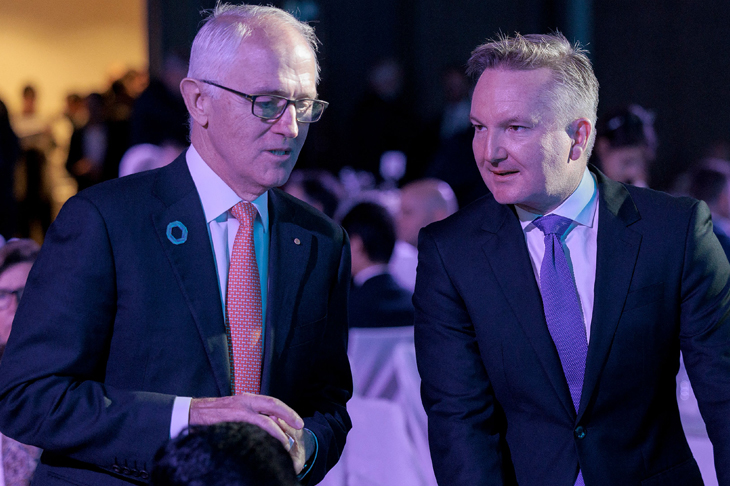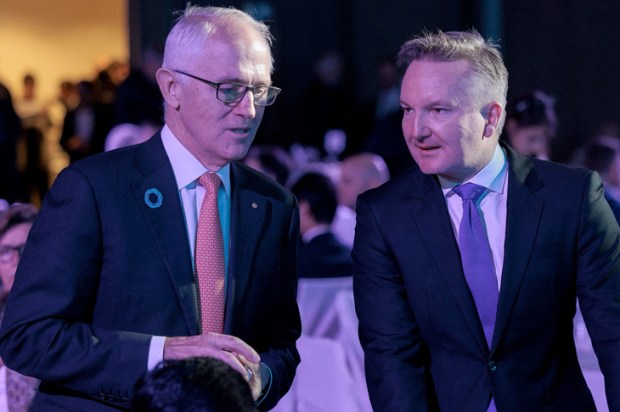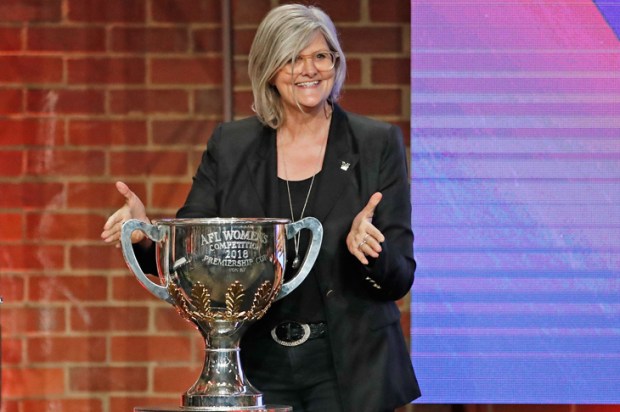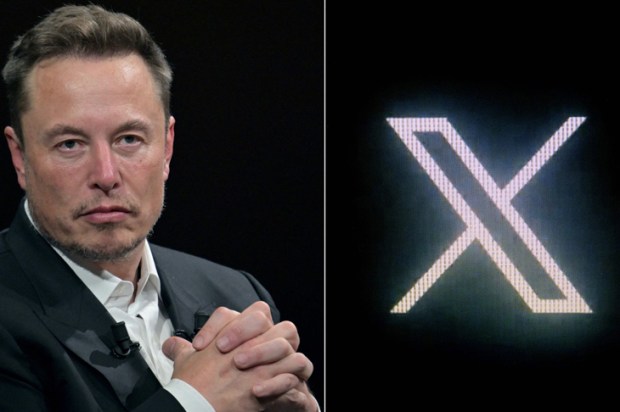Climate catastrophists are very keen to talk about tipping points. So let me steal their thunder and talk about the tipping point of the National Electricity Market (NEM) that connects five states and the ACT.
We were given a preview of the potential for collapse earlier this year when the Australian Energy Market Operator (AEMO) suspended the market and took control as a last resort. Don’t think for a minute that this exercise was costless. There was an ex-post settling up with the companies ordered to provide power, adding several hundred million dollars to the escalating electricity bill that is then divvied up between households and businesses.
It’s worth pointing out here the ineptitude of AEMO. Most of us thought its leadership couldn’t get any worse than the now replaced American lawyer, Audrey Zibelman. (She left to join Google). But the current chief executive, Daniel Westerman, is even more committed to decarbonisation than Audrey, who at least placed a great deal of store on keeping the lights on.
Note here that there is a very small pool of potential candidates for this job – virtually all of them are big supporters of renewable energy. Because the states effectively own the NEM, they decide who gets the job. In other words, any reservation that the Coalition minister, Angus Taylor, might have had about this appointment would have made little difference.
The totally unbelievable modelling that AEMO puts out – see the latest Integrated System Plan – is a classic case of garbage in-garbage out. The assumptions ensure that there is no problem with the electricity grid quickly transforming to being almost totally reliant on renewable energy. In particular, heroic (and convenient) guesses are made about the average capacity factors of wind and solar – much higher than actual data from overseas – as well as the likelihood of lengthy periods in which wind and solar won’t work at all.
But when it comes to grid management, it’s not just about averages but also about catering for the tails of distributions – unlikely events but with potentially serious consequences. A grid cannot be deemed robust unless it is able to provide reliable power in these circumstances.
The alternative approach that AEMO uses is to hope these unusual events won’t occur but, in any case, some new affordable technology will miraculously emerge that should eliminate any problems. The more cautious approach to ensure continuous power is to insist that firming capacity is available on a 1:1 ratio – that is, enough firming capacity to fully stand in place of renewable energy for potentially lengthy periods. Needless to say, this redundancy makes the system very expensive, which is one of the reasons why higher electricity prices are inevitable.
Absent a capacity mechanism – the states won’t agree – and the ongoing early exit of 24/7 coal-fired plants, the NEM is becoming extraordinarily fragile. Where once it was extremely uncommon for AEMO to intervene in the daily operations of the grid, it is now a frequent occurrence. Further pressure will be felt with the closure of the Liddell coal-fired plant next year – at its peak, it had a capacity of 2000 megawatts.
Just three years later, the coal-fired and largest power plant in Australia, Origin Energy’s Eraring plant, is expected to close. Its current capacity is close to 3000 MW and supplies a quarter of New South Wales’ electricity demand. (It’s likely that the NSW government will have to step in to ensure that this plant continues to operate, in a deal akin to the secret arrangement that the Victorian government has with Energy Australia in respect of the Yallourn plant.)
The extremely badly run AGL Energy, egged on by major shareholder, Mike Cannon-Brookes (who holds just over 11 per cent of the registry), has announced that it will shut its coal-fired plant in Victoria – Loy Yang A – ten years earlier than expected, in 2035. This plant has a capacity of over 2000 MW, which is 30 per cent of Victoria’s demand. Not only is this plant relatively new but it also runs off brown coal for which there is no export potential. What this means is that a relatively low-cost input is guaranteed for this plant.
The broader point to be made is that the hastened exit of coal from the NEM – I haven’t mentioned that Queensland expects to be out of coal-fired generation by 2035 – should be ringing serious alarm bells right now. But if anything, the federal Climate Change and Energy Minister, Chris Bowen, seems to regard these developments as good news. After all, he keeps telling us about the importance of emissions reduction and the government’s legislated targets.
What he seems to be blissfully unaware of is the sheer impossibility of replacing coal-fired generation with alternative affordable and reliable sources within the necessary timeframe – if ever. He talks about the need for 10,000 additional kilometres of transmission lines. But given the need to obtain necessary easements (often in the face of strenuous local objections) and the shortage of workers and materials, that ain’t going to happen any time soon.
Even the rollout of renewable energy projects, including the growing popularity of the much more expensive offshore wind turbines, is likely to be slow notwithstanding the substantial subsidies that are on offer.
The decision by the states to essentially go their own ways by devising their own energy plans is further undermining any integrity the planning of the NEM may have had. It’s easy to see that, in the event of blackouts and power rationing, it will be each state for itself, with interconnectors possibly disabled.
The chief executive of one of the big energy operators, Alinta Energy, has belled the cat on what is going to happen with electricity prices. After rising by around 25 per cent this year, the expectation is that they will rise a further 35 per cent next year – figures endorsed by the Australian Energy Regulator. He points out that a coal-fired plant that cost his company $1 billion will need $8 billion in replacement expenditure on renewable installations and the necessary supports.
Of course, we can kiss goodbye to the $275 cut to the annual household electricity bill promised by our ‘I stand by the modelling’ Prime Minister, Anthony Albanese. But that loss may prove small beer in the future scheme of things.
Got something to add? Join the discussion and comment below.
Get 10 issues for just $10
Subscribe to The Spectator Australia today for the next 10 magazine issues, plus full online access, for just $10.
You might disagree with half of it, but you’ll enjoy reading all of it. Try your first month for free, then just $2 a week for the remainder of your first year.














Comments
Don't miss out
Join the conversation with other Spectator Australia readers. Subscribe to leave a comment.
SUBSCRIBEAlready a subscriber? Log in